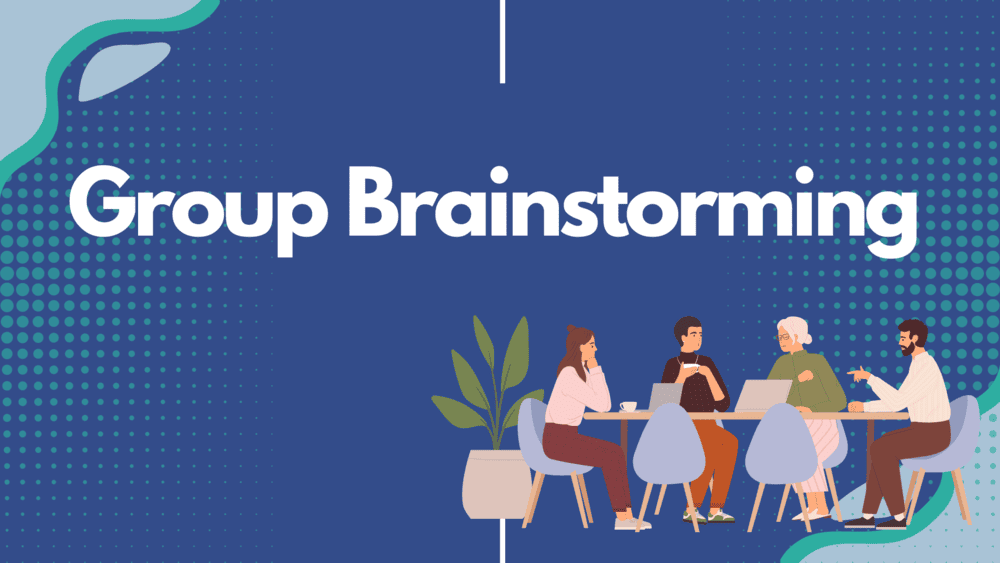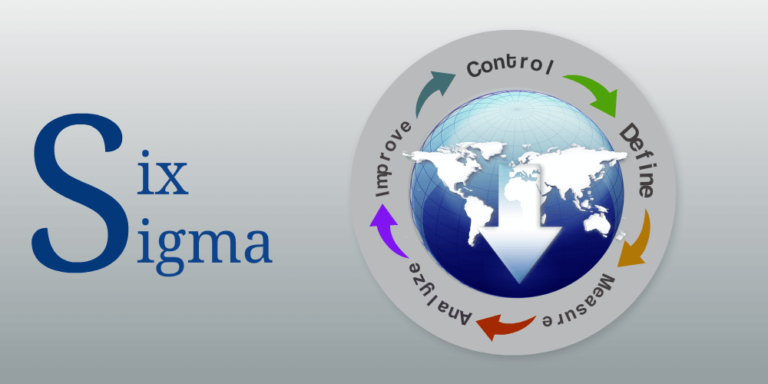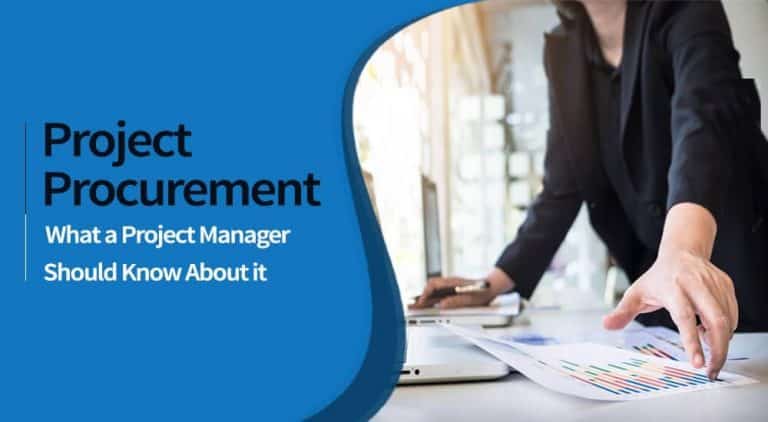Group brainstorming is a dynamic, collaborative, and interactive process whereby experts with diverse backgrounds provide creative, innovative ideas to solve problems and/or make decisions.
You conduct group brainstorming to collect a comprehensive and innovative range of ideas.
Group brainstorming provides better results than individual brainstorming. A study by the Journal of Applied Psychology states that group brainstorming sessions have produced more ideas than individual efforts. The collaborative nature of group dynamics often leads to a richer pool of creative solutions.
Furthermore, a report by the Harvard Business Review emphasizes the importance of diverse perspectives in group brainstorming sessions. Sessions with members with different backgrounds and experiences tend to produce more innovative ideas.
Group Brainstorming Techniques
The following are the most popular Group Brainstorming Techniques:
#1. Nominal Group Technique
The Nominal Group Technique (NGT) is a systematic group brainstorming technique that combines individual idea generation with structured group evaluation. It ensures equal participation and facilitates the prioritization of ideas using a collaborative process.
Follow these steps to conduct the nominal group technique:
- Define the Problem: Define the problem to the audience. Ensure that the audience understands it. Participants can ask questions, and you can clarify any doubts.
- Silent Idea Generation: Provide participants with a silent period to write ideas about the topic. Encourage them to write their thoughts without discussion.
- Round-Robin Sharing: In a structured round-robin fashion, ask participants to share one idea at a time. Ensure that each attendee contributes an idea without discussion or evaluation, so every participant can express their thoughts without influence.
- Group Clarification: After collecting all ideas, conduct a group discussion to clarify and discuss each suggestion further. This will allow participants to gain a deeper understanding of the ideas.
- Voting and Ranking: Participants will rank or vote on the ideas. You can use a predetermined scoring system to do so. This step will add an objective layer to the evaluation process.
- Prioritize Ideas: Count the votes to identify the group’s most favored ideas. The ideas with the highest scores are the preferred solutions.
#2. Brainwriting
Brainwriting is a collaborative idea-generation technique that encourages participants to write ideas on sticky notes or paper. This group brainstorming method allows attendees to provide ideas anonymously without any hesitation.
Follow these steps to conduct a brainwriting session:
- Session Preparation: You will distribute sticky notes or sheets of paper to each participant, after which you will explain the problem in detail and request that participants provide solutions to the problem on the given sticky note or paper.
- Individual Idea Generation: You will give all participants a fixed time limit within which to write down their ideas. To avoid influencing the process, do not allow participants to speak to one another. This round is only for collecting ideas without any bias or prejudice.
- Pass and Build: After the time limit ends, each participant will hand their sticky note or paper to their neighbor to read, update, or add new solutions.
- Continued Rotation: You will continue passing the notes or papers until the rotation is complete and each participant has reviewed all other participants’ notes and expressed their views.
- Group Discussion: After completing the brainwriting rounds, you will start a group discussion on generated ideas. This is the key part of the exercise, during which you will thoroughly discuss all the collected ideas to decide on the final solution for your problems.
#3. Mind Mapping
Mind mapping is a visual group brainstorming technique representing ideas, concepts, and relationships. It is a non-linear and creative way to express thoughts and generate ideas visually.
Follow these steps to conduct a mind-mapping session:
- Central Idea: Write the central idea or main discussion topic at the center of the blank paper.
- Branch Out: Draw branches from the central idea that connect to subtopics related to the main discussion point.
- Generate Ideas: Add more branches to represent related ideas. Expand these subtopics further. Be as detailed as you can.
- Connections and Relationships: Use lines to show the connections between ideas, after which you will see dependencies between different concepts.
- Visual Enhancements: Use colored lines and images to make your mind maps visually appealing and more creative.
- Collaboration: Ask participants to contribute ideas and expand the branches. This approach will provide different perspectives and new connections.
- Review and Refinement: Keep reviewing the mind map as it grows to ensure a neat, clean structure.
#4. Rapid Ideation
Rapid ideation is a fast-paced brainstorming method to generate a large number of ideas in a short period. It forces quick thinking spontaneity and encourages participants to generate ideas without overthinking or self-censorship.
Follow these steps to conduct a rapid ideation session:
- Define the Objective: Explain the problem to the participants. A well-defined definition will help them express their thoughts easily, and it will smooth the ideation process.
- Set a Time Limit: This is important, as a fixed time limit will allow participants to think quickly, and it will prevent overthinking and over-analyzing ideas.
- Generate Ideas Quickly: Participants must write down as many ideas as possible within the given time limit while focusing on quantity over quality. The emphasis is on spontaneous, quick, and uninhibited thinking.
- No Criticism: Explain the brainstorming rules to all attendees. Apply a no-criticism rule during the rapid-ideation phase. Participants cannot judge ideas during this stage.
- Build on Others’ Ideas: Participants can build on each other’s ideas by editing and updating input from fellow contributors. This collaboration will enhance the diversity of generated ideas.
- Repeat Rounds: Run multiple rounds of rapid ideation, each with a different perspective. This iterative approach will encourage continuous idea flow and exploration.
- Capture Everything: Use a whiteboard or sticky notes to capture all ideas visibly. This will ensure that no idea is overlooked, and you will have a visual overview of the ideation session.
#5. Starbursting
Starbursting is a brainstorming technique to explore various aspects of a central idea. Rather than generating solutions, it emphasizes asking detailed questions to understand a particular concept better.
Follow these steps to conduct a starbursting session:
- Define the Idea: Define the central brainstorming idea. It can be in the form of a question. This will be the workshop’s main objective. Draw a star and put the central idea in the middle.
- Pose Questions: Around the central idea, ask attendees to generate questions about different aspects in the form of “who,” “what,” “when,” “where,” “why,” and “how.” Write them in the points of the star. Encourage open-ended, detailed inquiries.
- Analyze Each Aspect: Ask participants to delve into further detail by asking more specific inquiries for each question. This process will help uncover nuances and prompt a thorough examination of the central idea.
- Review and Analyze: After the starbursting session, review all questions. This comprehensive review will be a valuable foundation for further problem-solving and/or ideation.
#6. SWOT Analysis
SWOT analysis is a strategic brainstorming tool that helps evaluate a project, idea, or situation by identifying its Strengths, Weaknesses, Opportunities, and Threats. It is a structured method to assess internal and external factors impacting a decision or initiative.
Follow these steps to conduct a SWOT analysis session:
- Define the Objective: Clearly state the problem. Clarity will ensure that the SWOT analysis remains focused.
- Identify Strengths (S): Examine the internal factors contributing to the goal (e.g., unique skills, resources, or positive attributes associated with the project).
- Identify Weaknesses (W): Evaluate internal factors that may hinder success. Consider aspects that need improvement, resource constraints, or any challenges that the project may face.
- Identify Opportunities (O): Examine external factors that could positively impact the goal (e.g., emerging trends, market developments, or external opportunities that align with the project).
- Identify Threats (T): Assess external factors that may challenge the goal (e.g., market competition, economic conditions, or other potential obstacles).
- Compile and Discuss: List all identified factors in each category, discuss them, and prioritize them based on their significance and impact.
#7. Round Robin
The round-robin technique is a structured group brainstorming approach that ensures equal participation and encourages diverse input. Here, participants sit in a circle, and each person takes turns sharing their ideas.
The process involves sequential contributions, where each participant can speak without interruption.
Follow these steps to conduct a round-robin session:
- Form a Circle: Gather your team and form a physical circle.
- Define the Problem: Clearly define the problem to the audience and clear their doubts so that they can better understand the problem.
- Ensure that Everyone Gets a Turn: All attendees should have equal time to share one idea, then build on the previous attendee’s idea. Do not allow any interruptions.
- Pass the Idea: Once an attendee has shared their initial idea, pass the ideas around the circle. Everyone should improve the ideas given by the previous attendees.
- Repeat the Process: Keep cycling the process and building on each other’s contributions until either there are no noticeable updates or the set time limit is reached.
Key Challenges in Using Group Brainstorming Techniques and Solutions
Key challenges of group brainstorming include:
- Dominant Behavior: Some participants may often dominate the discussion and not allow others to express their ideas freely.
- Solution: Implement a structured approach (e.g., round robin or designated speaking turns) to ensure that everyone can contribute. You can also encourage quieter participants to share their ideas. You can also use the brainwriting technique to write ideas down, which will completely prevent dominant behavior.
- Groupthink or Anchoring Ideas: Participants may conform to popular opinions, thus limiting the idea diversity and creativity.
- Solution: Encourage a culture that values diverse perspectives. Allow differing thoughts a space and promote critical thinking. You can use anonymous idea-generating methods to mitigate the impact of idea anchoring.
- Fear of Judgment: Participants may hesitate to share unconventional or risky ideas due to a fear of judgment.
- Solution: Create a non-judgmental atmosphere in which all ideas are welcome without evaluation. Stress that the initial brainstorming phase is judgment-free and focused on idea generation, and evaluation will come later.
- Unequal Participation: All members may not contribute equally, thus impacting idea richness.
- Solution: Actively involve all participants by encouraging them to share their thoughts. Use techniques like brainwriting—in which individuals write down ideas before group discussion—to ensure more equitable contributions.
Best Practices When Using Group Brainstorming
The best practices for conducting your group brainstorming session are:
- Define the Problem: Clearly define the problem at the beginning of the session. A well-defined focus will provide an idea-generation framework.
- Invite Attendees with Diverse Backgrounds: Include individuals with varied backgrounds, experiences, and expertise. Diversity will provide a broader range of perspectives and ideas.
- Create a Positive Environment: Establish an open, non-judgmental atmosphere in which all ideas are welcome. During the brainstorming phase, encourage positive reinforcement and discourage criticism.
- Set Brainstorming Ground Rules: Establish brainstorming ground rules to promote active listening, respect for diverse opinions, and participation from all group members. This will ensure a collaborative, inclusive environment.
- Encourage “Wild” Ideas: Urge participants to think outside the box and generate unconventional or “wild” ideas. Sometimes, these unconventional thoughts may lead to innovative solutions.
- Time Management: Set time limits for idea generation and discussions. This will maintain focus and momentum, prevent overthinking, and encourage quick idea generation.
- Facilitator Guidance: Appoint a facilitator to guide the session, keep discussions on track, and ensure adherence to ground rules. The facilitator can also encourage quieter participants by using icebreakers.
- Avoid Evaluation During Brainstorming: Stress to the participants that the purpose of brainstorming is idea generation, not immediate evaluation. Separate the idea-collection round from the evaluation phase to allow for free expression.
Summary
Group brainstorming is a powerful tool for generating creative ideas and solving complex problems. For effective group brainstorming sessions, you can use structured facilitation, ensure equal participation, and allow time for individual reflection. By addressing these challenges and leveraging the strengths of your group dynamics, you can harness the full potential of collective creativity to drive innovation and problem-solving.

I am Mohammad Fahad Usmani, B.E. PMP, PMI-RMP. I have been blogging on project management topics since 2011. To date, thousands of professionals have passed the PMP exam using my resources.







